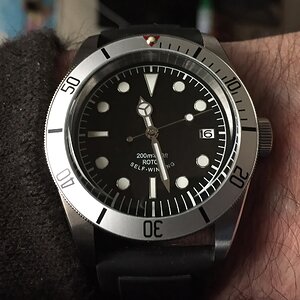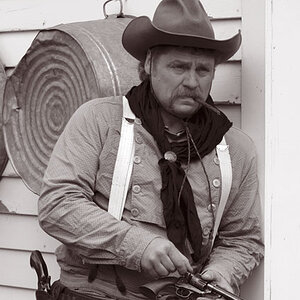dannylightning
Been spending a lot of time on here!
- Joined
- Mar 23, 2014
- Messages
- 2,322
- Reaction score
- 770
- Location
- Akron Ohio
- Can others edit my Photos
- Photos OK to edit
the one lens i have will pretty much focus right up against something but not anything like some up close insect photos i see.
this is about the best i can get. when i put a extension tube on any of my lenses i cant get much better than this. used my 18-35mm 1.8 for this shot. and the ant is still pretty small.
even with the extension tubes on a lens at 200mm its not getting any close yet some people get photos like this
Jumping spider - Wikipedia, the free encyclopedia
.
 .
.
this is about the best i can get. when i put a extension tube on any of my lenses i cant get much better than this. used my 18-35mm 1.8 for this shot. and the ant is still pretty small.
even with the extension tubes on a lens at 200mm its not getting any close yet some people get photos like this
Jumping spider - Wikipedia, the free encyclopedia
.


 20160529-IMG_0141-5
20160529-IMG_0141-5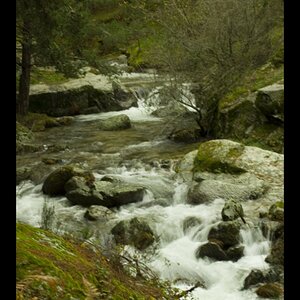
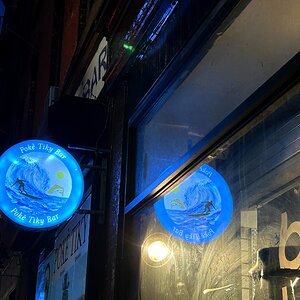
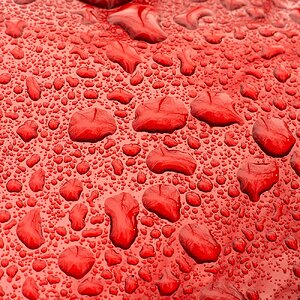
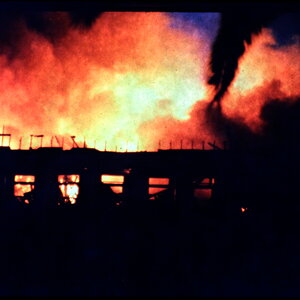
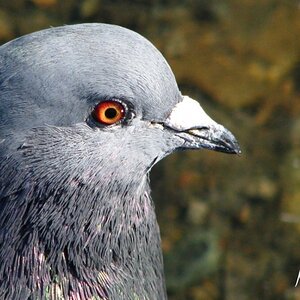
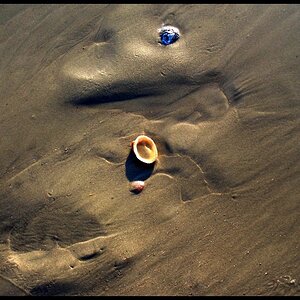
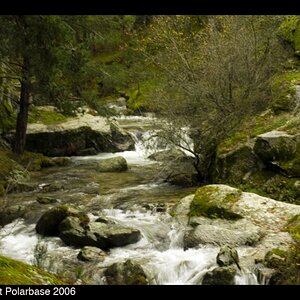
![[No title]](/data/xfmg/thumbnail/40/40285-2ce5915035c220ccb3485030863b62d0.jpg?1619739408)
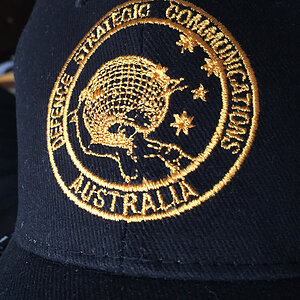
![[No title]](/data/xfmg/thumbnail/33/33356-9cfc19255e84aab13c903f781a99cf9f.jpg?1619735920)
